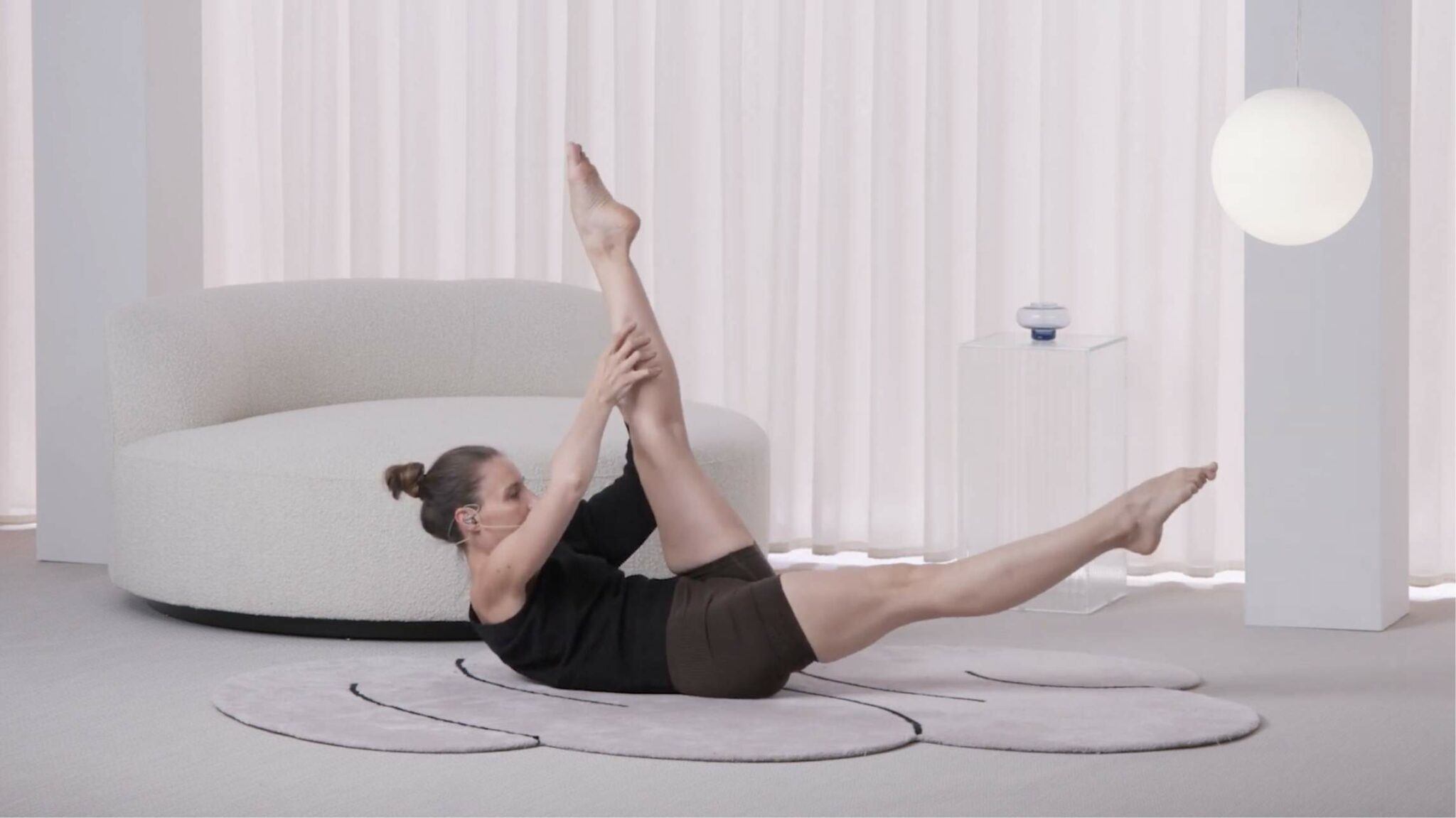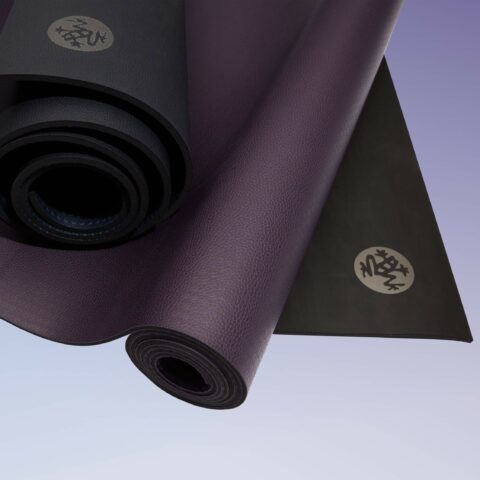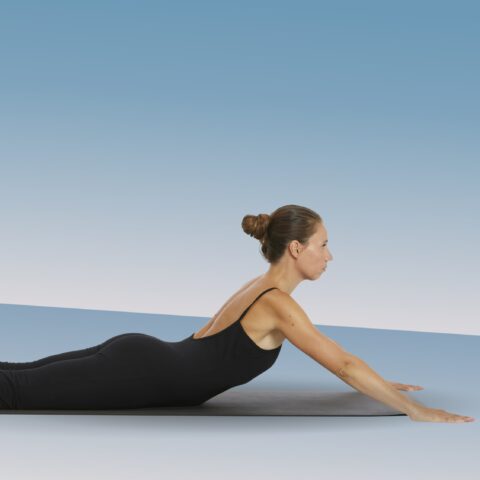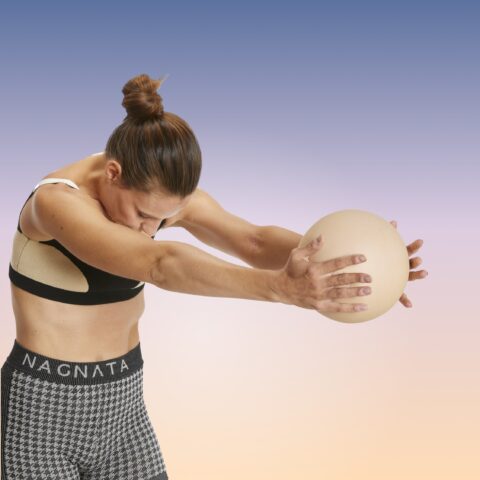Pilates can transform your body and mind, but how much time should you really invest? And how long will it take to see results? This article is your guide.
How long should I do Pilates a day? – Table of contents
Regular practice will make you stronger, more flexible, and more aware of your body. But finding the right balance is important. Especially if you want to reach your goals, enjoy your practice, and give your body time to rest.
We’ll help you create a plan that’s doable and keeps you motivated. Let’s build a Pilates practice that lasts.
Personalizing your Pilates routine
Crafting an effective Pilates exercise program will depend on two things:
- Your experience level.
- Your health goals.
For those new to Pilates, you might start with shorter sessions. As you build a routine, you can gradually increase your duration. This will help you build strength with new exercises and minimize the risk of injury.
More experienced practitioners might need a bigger challenge. Think of longer workouts or more consistency each week. Especially if you are looking to advance your practice further.
You should also consider your specific health goals:
- Do you want to build muscle and a stronger core?
- Are you looking to increase flexibility and mobility?
- Are you rehabilitating an injury?
- Do you just want a bit of daily exercise that feels good in your body?
These questions can help pinpoint your goals and shape how many minutes of Pilates you should be doing.

How the length of Pilates workouts affects the benefits
Pilates enhances endurance, flexibility, balance, and posture. To maximize these benefits, consistency is key.
Even 15-20 minutes of Pilates can help to develop flexibility and provide a quick core workout. They can also help you to maintain consistency with your practice. This way, you can commit to a regular practice or daily workout.
If you’re working on building muscle with resistance conditioning, 30-45 minute lessons are ideal. These longer workouts give you the time to target various muscle groups. They also allow you the time to work on various goals like mobility or balance.
Regular 45-60 minute workouts can lead to more pronounced improvements. Especially if the intensity of your class is more challenging. These classes allow for a holistic approach with a warm-up, full-body workout, and stretching.
Regardless of the length, your workouts should be tailored to your health and fitness goals, balancing intensity with enough recovery time. Slow progress is better than pushing limits that will lead to injury.
How long are typical Pilates classes?
Typically, studio classes last about an hour. However, online Pilates platforms are more flexible. Because you can pick and choose your video workouts, a class can be anywhere from 5-60 minutes. It all depends on your schedule or preference.
How long should a Pilates workout be?
The ideal duration for your Pilates workouts will depend on your fitness level, goals, and schedule. The beauty of a home mat practice is that you can tailor the length to suit your needs.
As a beginner, starting with shorter classes will help you stay consistent. Shorter, focused classes can also help you to tackle one exercise at a time. This way, you can concentrate on perfecting your form. As weeks go by, you can begin increasing your practice time.
For those who are more advanced, 45 minutes to 1 hour of practice may help you to feel the benefits of a well-rounded workout. These longer workouts give you time to work each muscle group.
Daily practice recommendations
| Skill level | Duration | Frequency |
|---|---|---|
| Beginners | 15-20 minutes | 3 times a week |
| Intermediate/Advanced | 30-60 minutes | 3-5 times a week |
Weekly schedule example
| Day | Focus | Length |
|---|---|---|
| Monday | Full-body | 30 to 60 minutes |
| Wednesday | Core focus | 15 to 30 minutes |
| Friday | Balance and flexibility | 15 to 30 minutes |
Your body feels the cumulative effect of all the workouts, so consistency is crucial. Committing to even short daily mat workouts can lead to improvements in strength, flexibility, and posture. It’s the quality of the Pilates session, not just the duration, that makes a difference in your life.
This is why it’s also important that you are getting instruction from a certified Pilates instructor. Finding the right instructor who clearly explains the exercises will help you get the most out of your movements.
Strive for a regular practice that leaves you feeling refreshed and energized rather than fatigued. Your ideal workout length should harmonize with your lifestyle. Allow Pilates to become a sustainable part of your daily life.
Recommended frequency for beginners
In-studio
In terms of frequency, joining a studio Pilates Reformer or Mat class twice a week is common. This allows beginners to develop strength and familiarity with the exercises.
As weeks go by, you might increase this frequency. Some dedicated participants even choose to practice Pilates daily for improved results. Founder Joseph Pilates suggested doing a bit of Pilates every day to significantly enhance your well-being.
Online
Consider joining an online platform if you need more flexibility in your schedule or budget. We created BAY STUDIOS+ to offer variety and flexibility.
Join our beginner-friendly Foundation series or a 15-minute class for a quick, consistent mat workout. Or dive into our 30-60 minute classes for a full body workout.
Remember, your commitment to a routine will impact the results you achieve. However, it’s essential to listen to your body. Adjust the length and frequency of your workouts to fit your individual needs and goals.
Private lessons
If you’re new to Pilates, consider a one-on-one lesson with a Pilates instructor. They can help focus on your specific needs. They can also explain how to engage all your muscles correctly. This is a great way to have full attention placed on your personal practice. Start with one hour each month as you develop your practice.
Misconceptions about Pilates practice length
Unlike other workout types, Pilates doesn’t have a one-size-fits-all duration. Below are a few misconceptions:
- Time is more important than quality: In reality, a well-structured class can be effective in a shorter time frame. Try to focus on control and precision.
- No rest days: Incorporating breaks is crucial for muscle recovery. Avoid overtraining to avoid injury, no matter the sport.
- Practicing every day: Again, rest is important. Even a small amount of movement in the morning or throughout your day will be beneficial. However, make sure you’re taking time to recover, too.
- Only practicing Pilates: Pilates can and should coexist with other forms of movement. It complements yoga for flexibility, cardio for breathwork, and weightlifting for muscle strength.
Crafting your Pilates routine
You have goals in mind. You’ve determined your fitness level. Now it’s time to decide how and where you want to practice. Take time to answer these questions:
Do I want to practice on the mat or with a Pilates Reformer?
Your class type can determine your practice time. You will likely have to visit a studio for an hour-long class if you’re interested in using Pilates reformer equipment. Mat class times often vary at studios and at home.
You can also incorporate both Pilates mat and Pilates reformer practices into your routine if your schedule allows.
How do I want to challenge my muscles with resistance?
Mat Pilates uses body weight and small equipment for resistance. Reformer movements use the spring tension of a Pilates reformer machine for resistance. Decide what kind of challenge you’re looking for in your practice.
What does my schedule look like?
Be realistic about your schedule. Do you only have a few minutes each morning, or can you dedicate 30 minutes? The perfect practice amount will be something you can actually achieve each week. As you start out, try for 15-30 minutes a day, three times a week.
Remember, a balanced workout should target different muscle groups. Pay attention to your form and stay focused to maximize benefits.
Balancing Pilates exercises with other workouts
Varying workout types is the key to a balanced fitness plan.
Pilates enhances flexibility, balance, and core strength. However, balancing Pilates with weight lifting, yoga, and cardio will ensure a holistic approach to your health and strengthening your body.
- Strength training: Weight lifting helps to build strength and increase bone density. Strive to train 2-3 times weekly.
- Cardio: Cardio exercises can vary in intensity and improve heart health. Strive to train 3-5 times weekly.
- Yoga: Yoga helps with flexibility and recovery. Strive to practice 1-2 times weekly. But be sure to stretch after every workout.
Remember that none of your workouts need to be hours long each time you move. Fifteen minutes of Pilates in the morning and fifteen minutes of cardio throughout one day would be a great example of an effective and achievable movement plan.
Pace your workouts throughout the schedule. Avoid overtaxing your muscles. Allow for rest and recovery. It’s important to listen to your body and take a break when you need it.
Frequently asked questions
Incorporating Pilates into your daily routine can improve your physical activity and well-being. The following frequently asked questions provide insights into how long and often you should engage in Pilates to reap its benefits.
Is 20 minutes of Pilates a day enough?
For those with time constraints, a consistent 20-minute daily Pilates workout can still offer quality of life improvements. Committing to a brief, daily regimen can enhance general activity levels and positively impact your day.
The benefits of Pilates are cumulative. Consistency will outshine the length of a session.
Can 10 minutes of Pilates a day make a difference?
Even as little as 10 minutes of Pilates each day can be beneficial, especially if you are consistent. These short practices can lead to better posture and increased core strength over time.
How often should I practice Pilates to observe benefits?
Starting with two weekly Pilates lessons can yield improvements in flexibility and strength. With this moderate schedule, you can begin to notice changes in your body and well-being.
How many times a week should I do Pilates to see results?
Most practitioners recommend at least two to three Pilates sessions per week to see physical results. This frequency allows for adequate recovery time and helps to strengthen muscles.
How often should I do Pilates as a beginner?
For beginners, starting with two Pilates sessions per week is advisable to acclimate the body to the new exercise form. You can gradually increase frequency as your strength and familiarity with the exercises improve.







